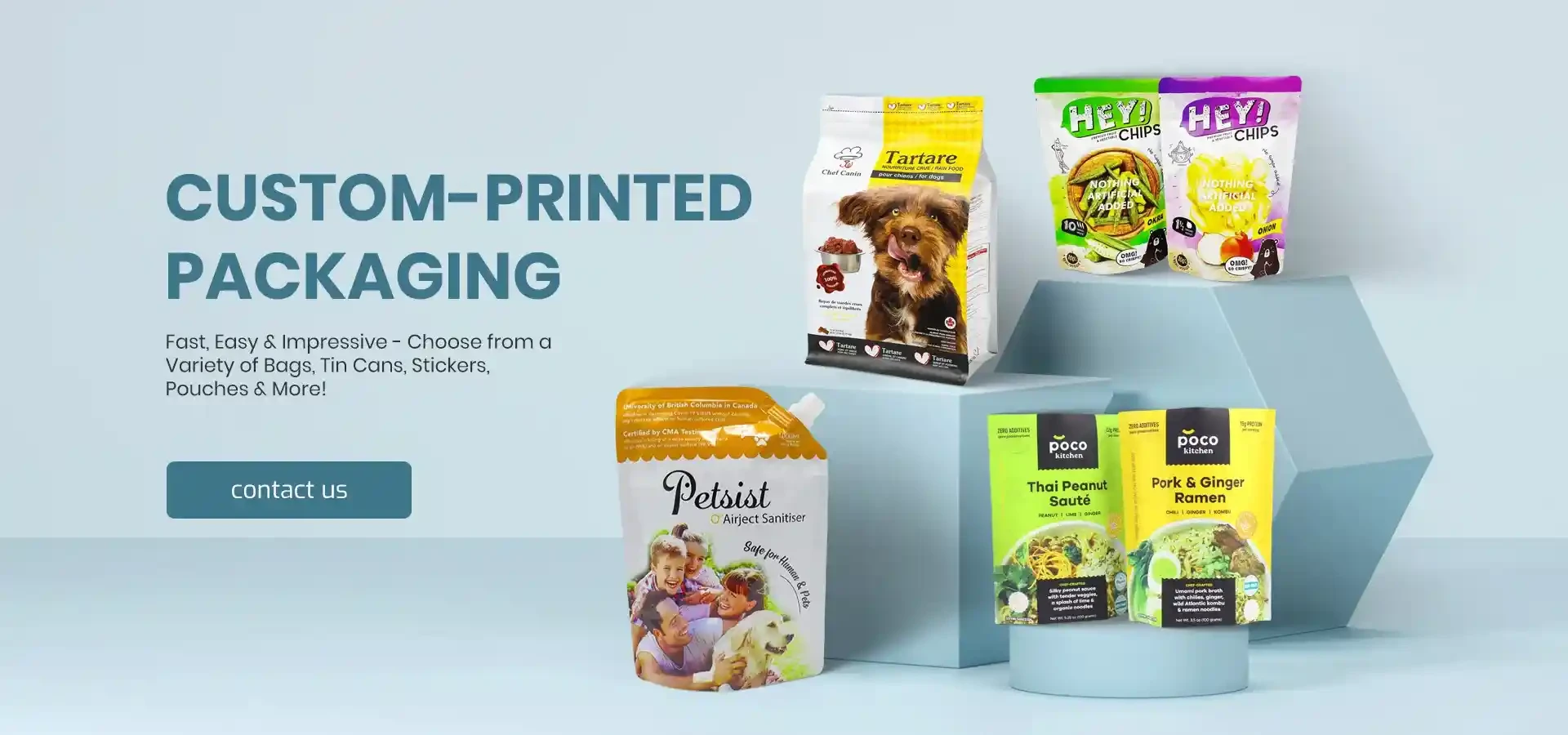- Afrikaans
- Albanian
- Amharic
- Arabic
- Armenian
- Azerbaijani
- Basque
- Belarusian
- Bengali
- Bosnian
- Bulgarian
- Catalan
- Cebuano
- chinese_simplified
- chinese_traditional
- Corsican
- Croatian
- Czech
- Danish
- Dutch
- English
- Esperanto
- Estonian
- Finnish
- French
- Frisian
- Galician
- Georgian
- German
- Greek
- Gujarati
- haitian_creole
- hausa
- hawaiian
- Hebrew
- Hindi
- Miao
- Hungarian
- Icelandic
- igbo
- Indonesian
- irish
- Italian
- Japanese
- Javanese
- Kannada
- kazakh
- Khmer
- Rwandese
- Korean
- Kurdish
- Kyrgyz
- Lao
- Latin
- Latvian
- Lithuanian
- Luxembourgish
- Macedonian
- Malgashi
- Malay
- Malayalam
- Maltese
- Maori
- Marathi
- Mongolian
- Myanmar
- Nepali
- Norwegian
- Norwegian
- Occitan
- Pashto
- Persian
- Polish
- Portuguese
- Punjabi
- Romanian
- Russian
- Samoan
- scottish-gaelic
- Serbian
- Sesotho
- Shona
- Sindhi
- Sinhala
- Slovak
- Slovenian
- Somali
- Spanish
- Sundanese
- Swahili
- Swedish
- Tagalog
- Tajik
- Tamil
- Tatar
- Telugu
- Thai
- Turkish
- Turkmen
- Ukrainian
- Urdu
- Uighur
- Uzbek
- Vietnamese
- Welsh
- Bantu
- Yiddish
- Yoruba
- Zulu
polyvinyl chloride plastic
Understanding Polyvinyl Chloride (PVC) Plastic
Polyvinyl chloride, commonly known as PVC, is one of the most widely used synthetic polymers in the world, characterized by its versatility, durability, and cost-effectiveness. First developed in the 1920s, PVC has since evolved into a preferred material for various applications across diverse industries.
Characteristics of PVC
PVC is a thermoplastic material, meaning it can be molded and remolded upon heating. This property makes it an excellent choice for manufacturing processes such as extrusion, injection molding, and calendaring. One of the primary reasons for PVC's popularity is its strength and resistance to environmental degradation. It is impervious to moisture, chemicals, and UV light, making it suitable for both indoor and outdoor applications. Additionally, PVC has good thermal stability and fire resistance, enhancing its safety profile.
Another notable characteristic is its inherent versatility. Depending on the desired properties, manufacturers can modify PVC through the addition of various additives. For instance, plasticizers can be included to increase flexibility, while stabilizers help improve heat resistance and prevent degradation caused by ultraviolet light.
Applications of PVC
PVC's unique properties allow it to be used in a vast array of applications. In the construction industry, it is commonly used for pipes, fittings, and conduits due to its strength and corrosion resistance. These characteristics make PVC pipes a preferred choice for plumbing and drainage systems, as they can withstand high pressures and resist various chemicals.
polyvinyl chloride plastic

Beyond plumbing, PVC is widely utilized in the production of vinyl flooring, wall coverings, and roofing materials. Its durability and ease of maintenance make it an attractive option for both residential and commercial buildings. Furthermore, PVC's aesthetic appeal allows for a range of designs and colors, catering to diverse consumer tastes.
In the medical field, PVC plays a crucial role in manufacturing medical devices, such as IV bags, tubing, and blood storage bags. Its ability to be sterilized and its biocompatibility make it an ideal choice for containing and transporting medical fluids.
Additionally, PVC is used in the manufacturing of various consumer products, including toys, clothing, and upholstery. Its lightweight nature and resistance to wear and tear contribute to its popularity in consumer goods.
Environmental Considerations
While PVC offers numerous advantages, it is not without environmental concerns. The production process of PVC involves the use of chlorine, derived from salt, which can pose risks if not managed properly. Additionally, the disposal of PVC products can lead to environmental pollution if they are not recycled. However, advancements in recycling technologies have made it feasible to repurpose PVC waste into new products, reducing its environmental footprint.
Conclusion
In summary, polyvinyl chloride is a highly versatile and widely used plastic that plays an essential role in various industries, including construction, healthcare, and consumer goods. Its durability, strength, and adaptability make it a go-to material for countless applications. While environmental concerns surrounding its production and disposal exist, ongoing efforts in recycling and sustainable practices are helping mitigate these issues. As society continues to innovate and evolve, PVC will likely remain a vital component in achieving a balance between functionality and environmental responsibility.













